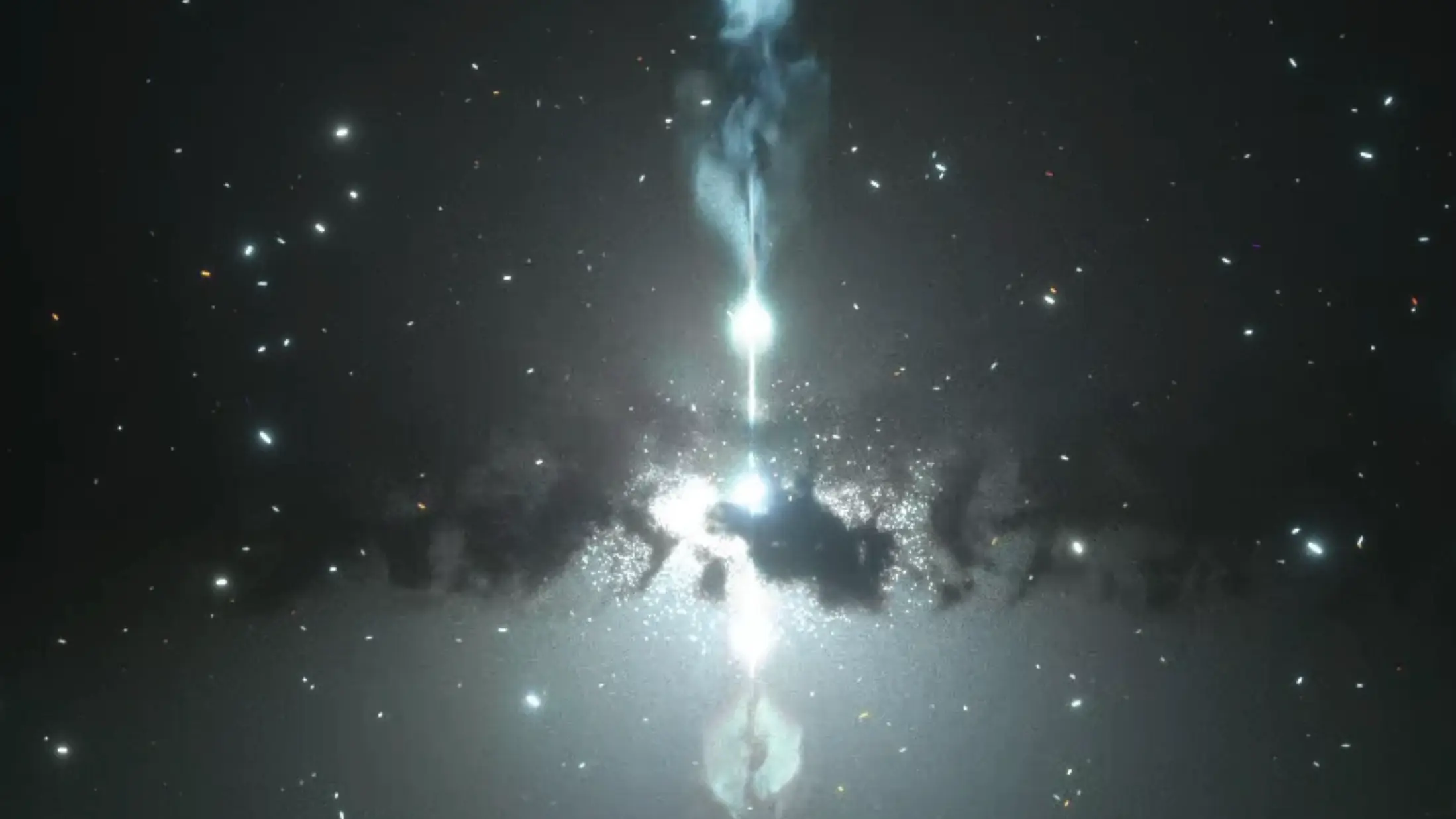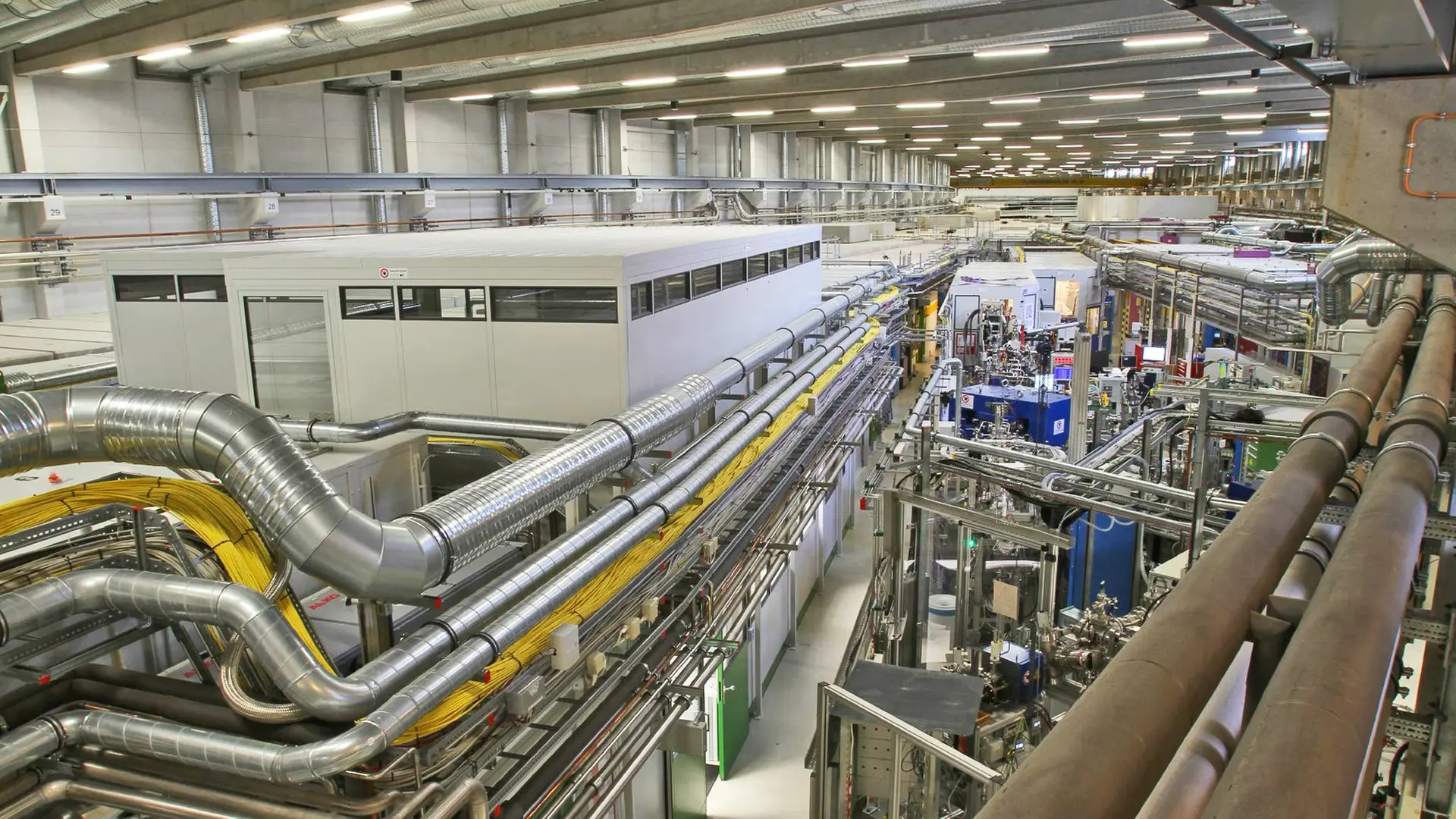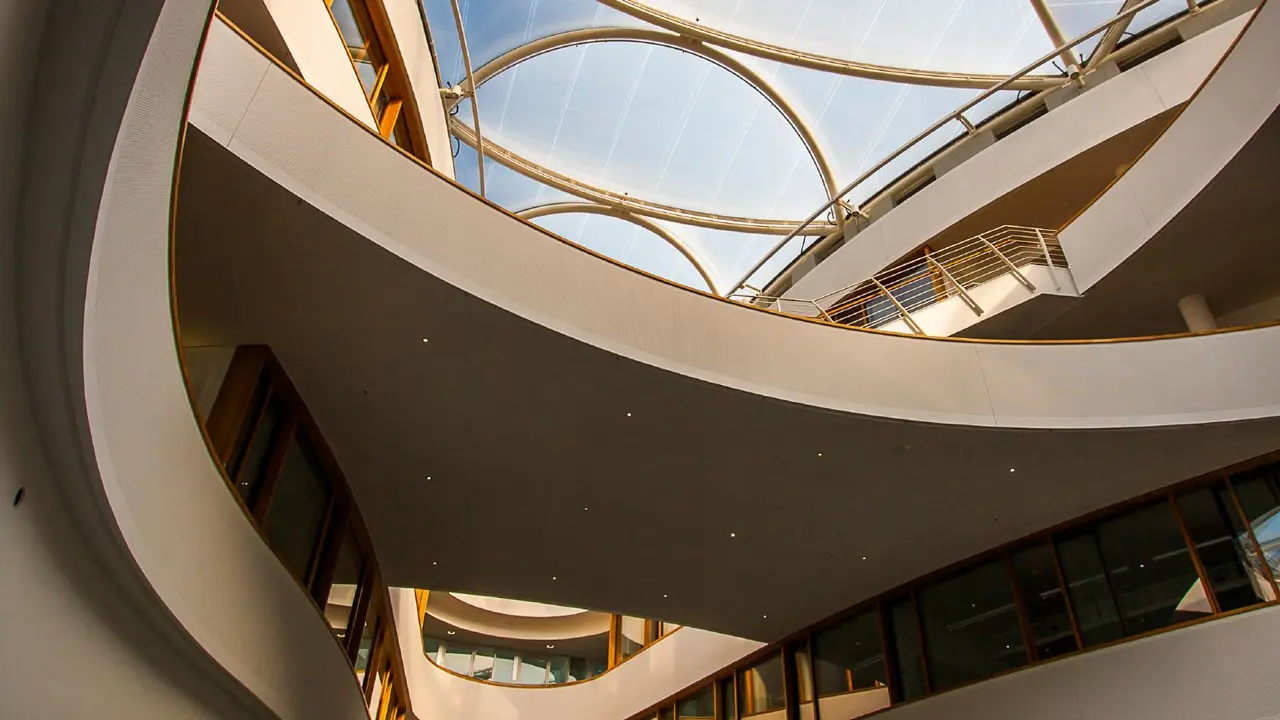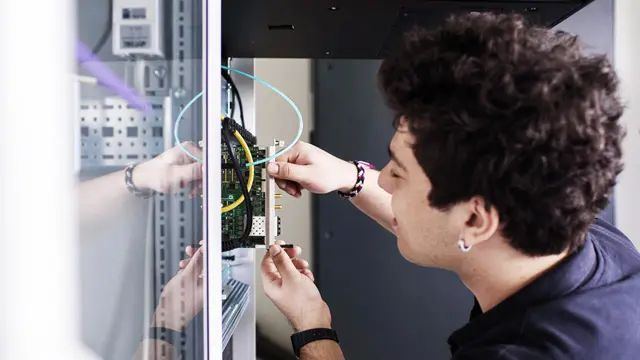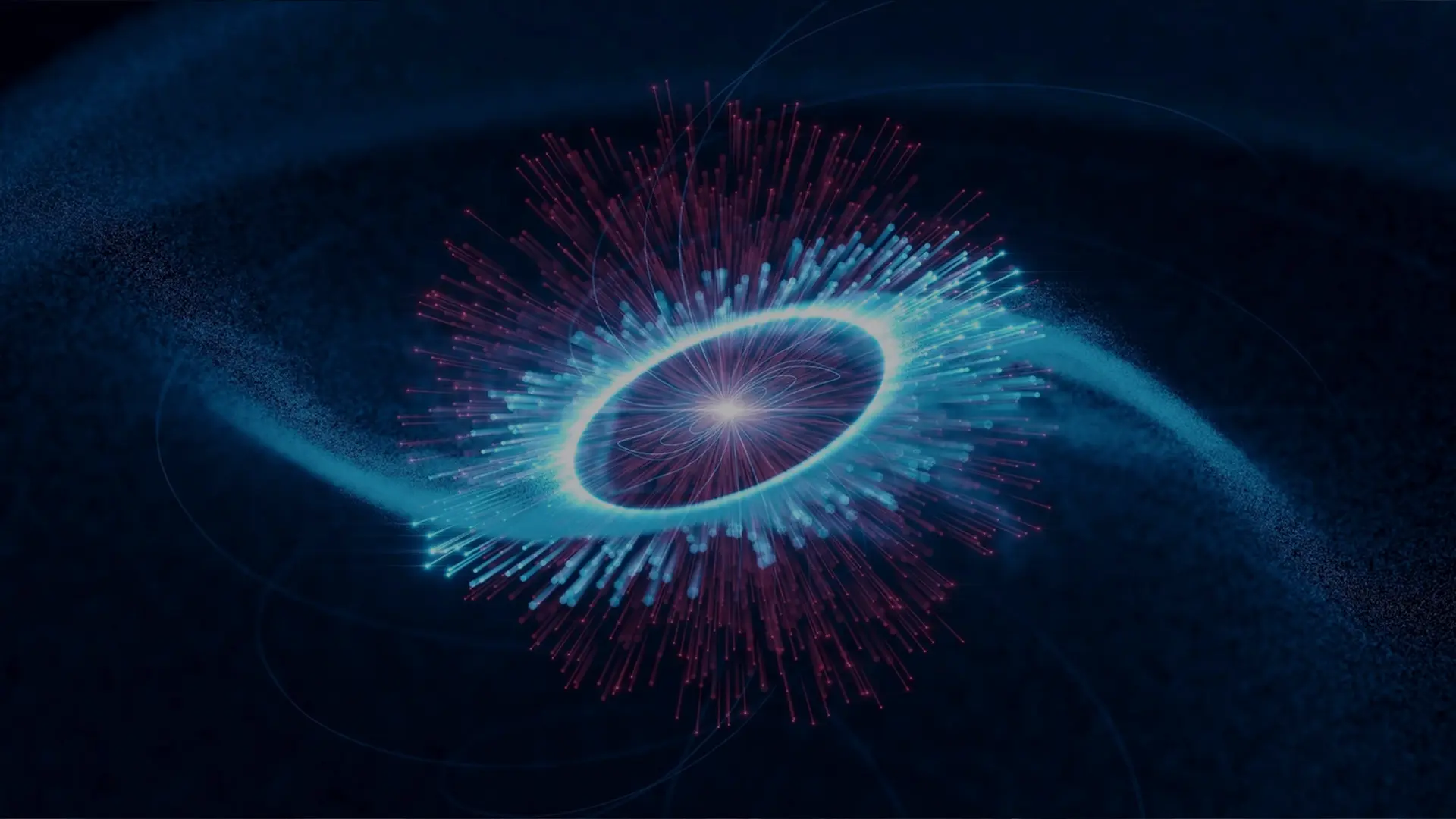
Astroparticle physics
In astroparticle physics, DESY researchers are investigating high-energy processes in the universe.
Using huge detectors and telescopes, the scientists analyse neutrinos and gamma rays that come from far corners of the cosmos and can provide information about spectacular phenomena, such as black holes, exploding stars and radiation outbursts of unconceivable intensity.
Scientific information about the Astroparticle Physics Division
Here, you will find the web pages of DESY’s Astroparticle Physics Division.
DESY has extensive experience and competence in experimental gamma-ray and neutrino astronomy as well as in theoretical astroparticle physics. The astroparticle physics division at DESY bundles this expertise and contributes significantly to the development of this growing research field. The DESY location in Zeuthen is being expanded into a centre and hub for worldwide astroparticle physics.
High-energy radiation
One of DESY’s major fields of activities in astroparticle physics is gamma-ray astronomy. The research centre is involved in the upcoming Cherenkov Telescope Array Observatory (CTAO) in Chile and on the Canary Island of La Palma, the existing gamma-ray telescopes H.E.S.S. in Namibia and VERITAS in the USA as well as the Fermi Gamma-ray Space Telescope. DESY research at the existing gamma-ray telescopes ranges from the observation and analysis of various sources of cosmic gamma rays to studies of the intergalactic magnetic field and investigations of nuclear-physics models. These experimental activities are supported by theoretical studies, e.g. on the shock acceleration of particles.
The gamma-ray observatory of the future
The next-generation observatory CTAO is DESY’s largest project in the field of gamma-ray astronomy. The CTAO will make it possible to investigate the origin and role of relativistic cosmic particles with significantly improved sensitivity, to study extreme astrophysical environments and to explore frontier areas in physics. The CTAO Science Data Management Centre (SDMC) will be located on the DESY campus in Zeuthen. DESY is also a key partner in the development, construction and operation of major components, both in the construction phase and in future upgrades of the observatory.
Searching for ghost particles
The second focus of DESY’s experimental activities in astroparticle physics is neutrino physics. DESY is strongly involved in the IceCube observatory at the South Pole. Spanning an ice volume of one cubic kilometre, the detector registers high-energy neutrinos when they react with the ice. Since neutrinos interact only very rarely with other particles, they reach Earth on a straight path, thus providing information from regions of the universe that would otherwise be inaccessible to astronomers, for example from the interior of the sun or from stellar explosions. As a leading institute in the IceCube collaboration, DESY is driving the design, development and upgrade as well as the data analysis of IceCube, including the expansion of the detector into the next-generation neutrino observatory IceCube-Gen2.
DESY is also playing a leading role in the Radio Neutrino Observatory in Greenland (RNO-G), a pioneering project designed to test how well extremely energetic cosmic neutrinos can be detected with radio antennas. As part of the expansion to IceCube-Gen2, the neutrino observatory at the South Pole is then to be extended with radio antennas like those tested at RNO-G.
Combining messages from space
DESY particularly supports the establishment of a global multimessenger follow-up programme that combines information from various messengers from space, such as electromagnetic radiation, neutrinos and gravitational waves. Each messenger provides different information – only their combination will create an overall picture. For instance, the cooperation of neutrino, gamma-ray and optical observatories makes it possible to identify and study the common sources of cosmic rays and neutrinos at the highest energies.
Another important element is theoretical astroparticle physics, which strives to interpret the data from the various messengers, describe their connections and develop comprehensive multimessenger models.
From ultraviolet radiation to gravitational waves
DESY is participating in the ULTRASAT satellite mission under the leadership of the Weizmann Institute of Science in Rehovot, Israel. DESY is building the ultraviolet camera, the centrepiece of the satellite, whose wide-angle telescope will image the sky in the near ultraviolet. UV light is produced in all kinds of cosmic explosions and is therefore particularly suitable for multimessenger investigations of gamma-ray bursts, gravitational-wave events and other cosmic events.
To expand gravitational-wave research in Europe, DESY, together with non-university and university partners, advocates German participation in the Einstein Telescope, a next-generation gravitational-wave detector planned in Europe that is to be about 500 times more sensitive than the existing detectors LIGO in the USA or Virgo in Italy.
DESY is one of the applicants and important partners of the German Center for Astrophysics (DZA), which prevailed in the competition “Knowledge Creates Perspectives for the Region” organised by the German Federal Ministry of Education and Research and the German federal states of Saxony and Saxony-Anhalt. The DZA, which is to be built in the Lausitz region of Saxony, is a joint initiative of astronomy and astroparticle physics in Germany. The DZA will be a national research centre with international appeal that will advance resource-saving digitisation, develop new technologies, ensure transfer and create perspectives for the region.
Research infrastructure
IceCube Gen-2 will expand the research capabilities of the IceCube neutrino telescope at the South Pole.
- More about IceCube Gen-2
The Interdisciplinary Data and Analysis Facility offers extensive computing capacities for research at DESY: the Maxwell High-Performance Computing (HPC) Cluster, in particular for photon science and accelerator development, the DESY Grid infrastructure with a Tier-2 centre for particle and astroparticle physics as well as the National Analysis Facility (NAF) for particle physics.
- More about IDAF
- Specialised information on IDAF
- Specialised information on Maxwell HPC Cluster
- Specialised information on DESY Grid
- Specialised information on NAF
DESY’s four research areas
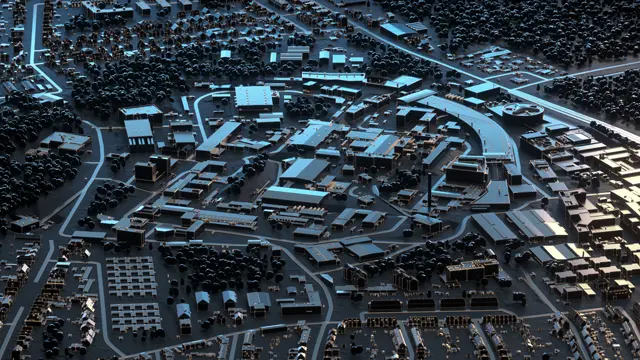
PETRA IV: A discovery machine for uncharted scientific territory
Thanks to PETRA IV's ultrabright X-ray light, researchers will be able to investigate natural phenomena and technical processes in new dimensions.
Learn more about PETRA IV

